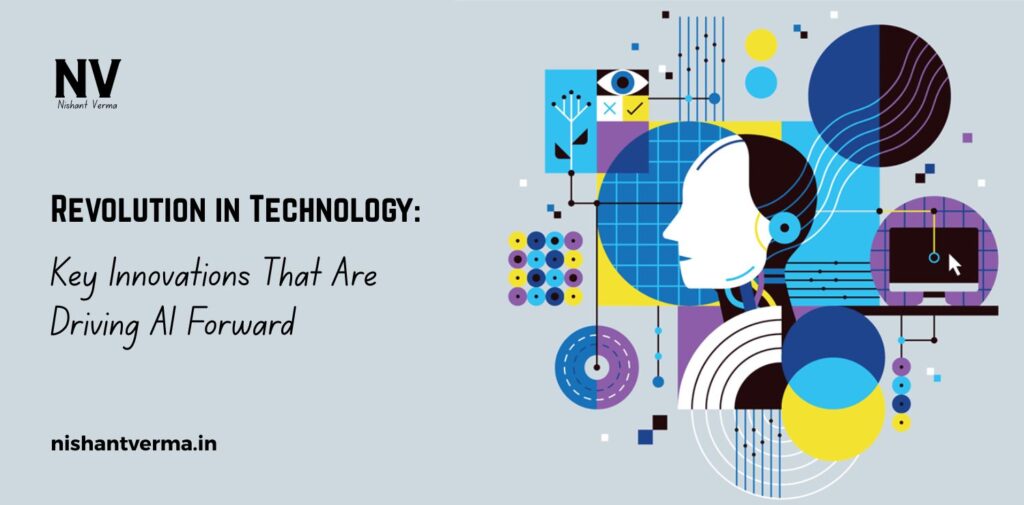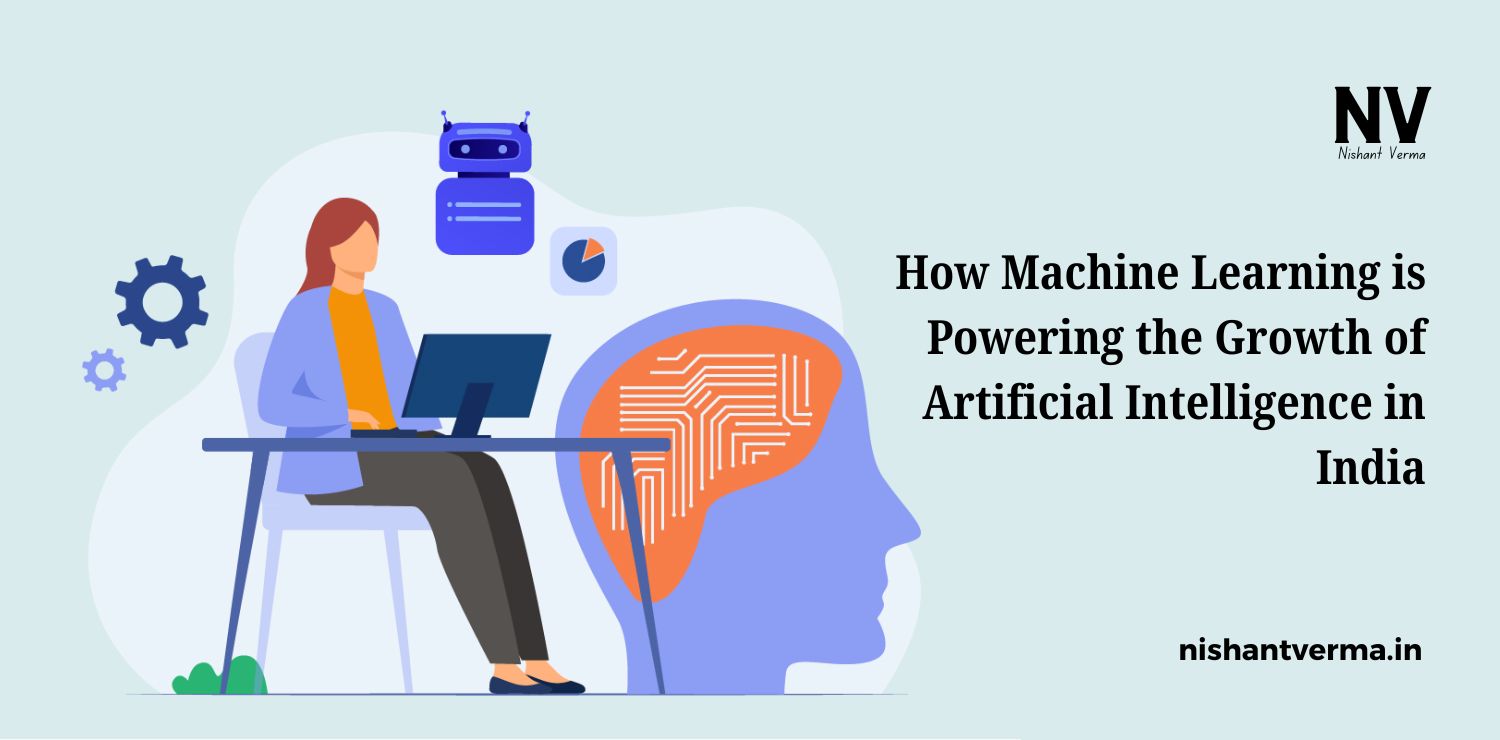Artificial Intelligence, or AI, has become one of the most important parts of modern technology. From smartphones to healthcare, from farming to education – AI is everywhere. But what is making AI smarter and more useful every day? This article will explain in simple language the major innovations that are helping AI grow rapidly. The aim is to make it easy to understand for the Indian audience, and by the end, you will know why these changes are truly valuable.

Power of Data: Fuel for Artificial Intelligence
AI systems learn from data, just like humans learn from experience. The more data they get, the better they become at understanding patterns and making decisions. With the increasing use of the internet, smartphones, and digital services in India, huge amounts of data are being generated every second. Whether it’s digital payments through UPI, online shopping, or watching content on OTT platforms, every click adds to the data pool.
Companies are now using this data to train AI models. For example, voice assistants like Google Assistant and Alexa become better at understanding Indian accents because they are trained on more Indian voices. Similarly, e-commerce platforms are using AI to recommend products based on your past behavior. Without data, AI cannot grow, and today, we are living in a world full of data, which is a big boost for AI.
Machine Learning and Deep Learning: The Brain Behind AI
Machine Learning (ML) and Deep Learning (DL) are two important technologies behind AI. Machine Learning is a method where computers learn from data without being directly programmed. Deep Learning is a part of Machine Learning, which uses a structure similar to the human brain, known as neural networks.
In India, many startups and companies are using ML and DL for various purposes – like predicting crop yield in agriculture, improving diagnostic tools in healthcare, and detecting fraud in banking. One good example is how Indian banks use ML to spot unusual transactions and alert customers in real time. These technologies are helping AI systems to think and decide like humans, sometimes even faster and more accurately.

Natural Language Processing: Making AI Speak Our Language
One of the biggest breakthroughs in AI has been in the field of Natural Language Processing (NLP). NLP is a technology that helps machines understand, interpret, and respond to human language. It is the reason behind smart chatbots, language translation apps, and even voice typing.
For India, which is a land of many languages and dialects, NLP is especially important. New AI models can now understand and translate regional languages like Hindi, Tamil, Telugu, Bengali, and more. This helps in making digital services accessible to people who are not comfortable in English. Government services, banking, and even education platforms are now offering multi-language support using AI-based NLP tools.
Edge AI: Bringing Intelligence Closer to Users
Earlier, all AI-related processing used to happen on cloud servers, which meant data had to be sent to faraway servers, processed there, and then the result was sent back. But now, with Edge AI, this processing can happen on the device itself – like on your smartphone, smartwatch, or smart camera.
This is especially useful in India where internet connectivity may not be strong in rural areas. With Edge AI, people can use smart features without needing constant internet. For example, your phone camera can blur the background or detect scenes using AI without going online. In agriculture, drones equipped with Edge AI can analyze crop health on the spot, saving time and improving productivity.
AI Chips: The Hardware That Powers Intelligence
Just like good roads are important for fast cars, powerful hardware is important for fast AI. New AI-specific chips like GPUs (Graphics Processing Units) and TPUs (Tensor Processing Units) have been developed to speed up AI tasks. These chips can perform complex calculations much faster than traditional processors.
Companies in India are also working in this area. Some startups are designing chips that are low-cost and efficient, especially for mobile and embedded AI systems. These chips are making it possible to run smart applications even on budget smartphones, which are widely used in India. This is making AI accessible to more people.

Responsible and Ethical AI: Building Trust Among Users
As AI becomes more powerful, it also brings new challenges. One of them is making sure that AI is used responsibly. Sometimes AI systems can be biased or unfair if the data they are trained on is not diverse. Also, there are concerns about privacy and how user data is being used.
To address these issues, many Indian tech companies and the government are working on creating guidelines for ethical AI. There is a focus on building AI systems that are transparent, fair, and respectful of privacy. Initiatives like India’s “Digital India” and “Make AI in India” campaigns are promoting responsible innovation.
Conclusion: India’s Role in Shaping the Future of AI
AI is no longer just a foreign technology used by big global companies. India is playing a big role in shaping the future of AI. With a young tech-savvy population, growing digital infrastructure, and a strong startup culture, India is becoming a global hub for AI innovation.
From using AI to predict traffic in big cities, to improving crop yield in villages, the applications are endless. The key innovations mentioned above – data, machine learning, language processing, Edge AI, hardware, and ethics – are all driving this progress. They are making AI smarter, faster, and more helpful in our daily lives.
The journey of AI in India is just beginning, and as more people get access to digital tools, AI will become an even bigger part of our future. If we continue to innovate and use it wisely, AI has the power to solve some of India’s biggest challenges and improve the lives of millions.




